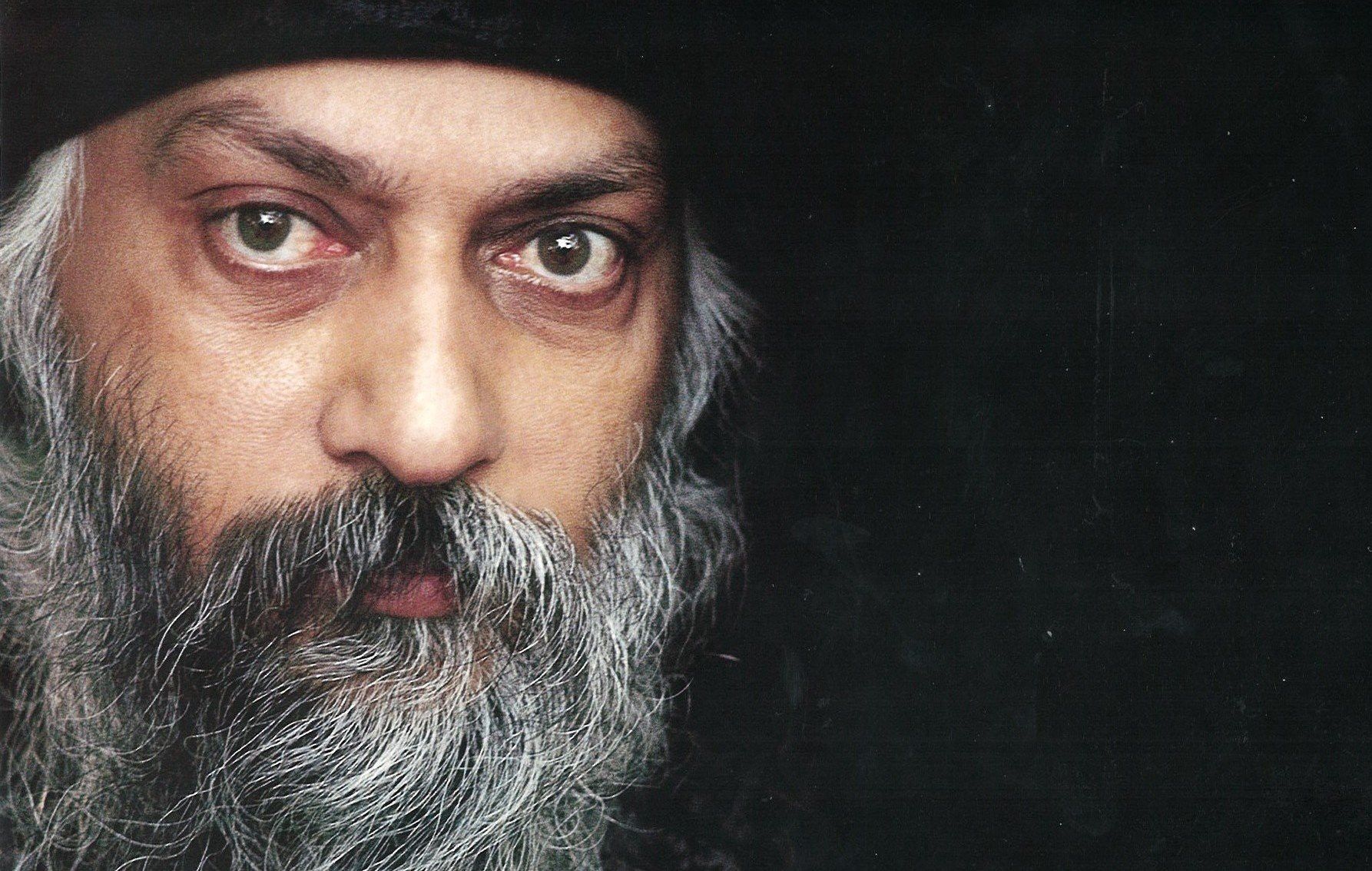

Naati Koli or Poached Egg: Which Came First?
Moving from cosmopolitanism to Grumpy, Grouchy, Klutzy and Lazy
Tuesday October 04, 2016,
9 min Read
It started with a certain post on Facebook about the Cauvery issue and a request from a friend that I ‘post’ something empathetic to Karnataka in support of the ‘locals’. I replied “Aren’t we all locals?” and left it at that. But I felt my response inadequate. In a not so subtle manner, we have been beaten down in Bangalore to accept the, lately, very commonly voiced axiom “If you live in Bangalore, speak Kannada”. Bangalore has been made equivalent to Kannada in the pop mini-discourses that abound on social media. The outsider is posited as Hindi speaking or North Indian. The insider or local as a Kannadiga. But how accurate is this?
Two days after that posting, Aliyeh Rizvi who is a resourceful researcher on everything related to the history of Bangalore came by and we had a long conversation about her present project, which involves mapping the history and heritage of Bangalore through harvested oral histories, family accounts and archival material. She has made an interesting mapping of the city that goes back about 500 years (which is roughly the period of Bangalore’s confirmed history - that is from the time of the Vijaynagara kingdom). A mapping of the city demographic over the last 100 or so years looks roughly like this. To the left is the locality and to the right the dominant community:
- Bangalore east to Commercial Street area: Kutchi Memon, native Tamilian
- Pete Area: Telugu, Kannada
- Richmond Town area: Persian
- Ulsoor/Cantonment: Tamilian Mudhaliar
This is not counting the Marathas who settled in the area surrounding Sajjan Rao Circle, the Marwaris in Shanthinagar, the descendants of Adil Shah of Bijapur, Hyder Ali and Tippu Sultan. Not counting the Anglo Indian community who, in the late 1800’s, were granted 400 acres by the then Maharaja, Chamaraja Wodeyar IX, as a settlement that became Whitefield. Not counting the Malayali family businesses that grew in the last 100 years – those of Koshy’s, All Saints and Fatima, for example.
500 years, give or take a couple 100, is as decent a length of time for people to stop being called outsiders.
Further, the pete area, including Chikkpete, Balepete and Cubbonpete, was apparently populated by what Aliyeh refers to as the “Telugu speaking merchant philanthropists”. Lightbulb moment! That was my maternal grandfather. Telugu speaking, came to the city in the 1920’s with little or no money, set up Navajeevana Vyayamshala and free Hostel on what was Diagonal Road and is now called Dr. A.N.Krishna Rao Road. His wife, my grandmother, was Tulu speaking having arrived in Bangalore from Ullal, became a doctor, setting up Navajeevana Clinic next to New Modern Hotel and best known for the next 60 years as Susheela Daaktre to many in VV Puram and Basavangudi. The Cantonment was populated by the Tamil speaking Mudaliars who found favour with the British and bought land in the area. My father is a Cantonment type Mudhaliar. Well, half Mudhaliar actually, as his father, my paternal grandfather was Punjabi. And his mother, Maya, my great grandmother, was born in Quetta, Balochistan.
Interestingly, Aliyeh has wonderful recordings of a 90 year old Mudaliar grand dame speaking about Christmases past and plum cake ordered from Funnels.. Funnels, you might ask, what is that? Funnels shall remain a litmus test of sorts in this article.
In one of those acts of serendipity that no longer surprise me, Naveen Isaac who lives in Cox Town, dropped by with a book for me - Harini Nagendra's Nature in the City. He had been to the release and said "Crowd there was the same old, Kirtana, Bangalore Cantt. people were absent. But the book is superb, I see Cantt. in the maps and photographs. Otherwise, we Cantt. guys are just history". Interestingly, Chapter 4 in this book, Nature in Personal Spaces - Home Gardens in Bangalore, is largely about Cantonment Bangalore citing the influence of the British garden aesthetic. "Once the British administration of the cantonment began in 1811, emphasis was given to the establishment of gardens for the British troops. Thus, 223 sepoys received small parcels of land for cultivation (Ellis 1865: 56). The scheme proved successfull enough that it was subsequently expanded from the European to the native troops, with 'flourishing gardens....springing up in the neighbourhood of their lines' (Government of Mysore 1864: 87).
Returning to the comment about ‘locals’. Recently, in popular imagination, speaking Kannada seems to signify an amplified sense of ‘local-ness’ in Bangalore. One must challenge that. For 500 years Bangalore has been a city of multiple languages – Urdu, Kannada, English, Tamil and Telugu. The truth is, you may speak Kannada but have relocated from Chitradurga or Channapatna just yesterday, as against a Tamil or Urdu speaking family that has lived here for 200 years. This must be considered seriously when thinking about what constitutes ‘local-ness”.
Another incident to note. My friend Chris Burchell from Lingarajapuram (his family has lived in Kolar Gold Fields and then Bangalore practically since the East India Company) made an interesting observation. He said that it used to be that auto drivers would speak to him in Tamil recognising that he was probably from the Cantonment. But in the last 5 years, auto drivers speak to him in Hindi. Meaning, they recognise he is not a Kannadiga, but having themselves only recently moved to Bangalore are unaware of the Cantonment and its Anglo Indian history.
At a time in our history when cultural nationalism and his nasty little brats, Jingoism and Chauvinism, are letting slip the dogs of war, not being curious about Funnels or ignoring the import of Aliyeh’s mapping are deliberate omissions worth calling out.
I just read the recent release – On Nationalism by the Aleph Book Company, a book of three essays by Romila Thapar, A.G.Noorani and Sadanand Menon. The major concern and really the impetus for writing the book is fear that the present government seeks to destabilize the country by using Section 124A willy-nilly in the name of a certain idea of nationalism and by promoting a monolithic idea of culture and religion. There is evidence of this agenda at work, from the incidents at JNU in January 2016 to the latest example of attempted Sanskritization when the BJP spokesperson Amit Shah celebrated Vamana Jayanthi in Kerala on a day when the state, across caste, creed and religion, celebrates the arrival of the asura king, Mahabali. It was a cynical move to celebrate an avatar of Vishnu as against a lower caste asura. Thankfully plurality won and the move was censured across the state. But simultaneously, we wage micro wars of our own by sins of omission and erasure.
In the Shakuntala story, as narrated in the Srimad Bhagavatam, Shakuntala tells King Bharatha in an enraged tone “You say you have forgotten? Then you are no longer righteous, O, King. When memory departs, so does righteousness…” (It is another matter that most people are unaware of this, being more familiar with Kalidasa’s obeisant version.) The implication of the Srimad quote is that an alive and functioning memory is necessary for the development of a righteous individual with a sense of duty and responsibility.
Use this lens to look at the issue of language and who is local in Bangalore. Who can claim antecedent? Why do we choose to ignore the past?
I understand the irritation with Hindi speakers in Bangalore who seem averse to learning other languages, especially South Indian languages. I too wish they just would. All one has to do in order to speak a new language is be curious, not bother with sounding cognoscenti and overcome one’s prejudices. Perhaps the latter is the hardest. But if dudes choose to plod on with zero Kannada/Tamil, whose parochialism is revealed, in truth? It is a wonderful thing to learn a new language so as to communicate with others and perhaps be better equipped to fight those dastardly twins earlier mentioned. But must we mandate this and use social pressures to push for the same? It is like Evelyn Beatrice Hall writes in The Friends of Voltaire, "I disapprove of what you say, but I will defend to the death your right to say it". Similarly, one may not fancy the folk who don’t even attempt to communicate in Kannada/Tamil in Bangalore, but one should fight for their right to speak whatever language they wish to. It's the only way our century old urban cosmopilitanism will survive.
Back to the question of what makes one ‘local’. A ‘Bangalorean’ is easily understood as someone who is born in Bangalore. But ‘local’, in recent usage, seems to have taken on distinctly linguistic and political shades. This article hopes to challenge the idea that it is connected to language alone and instead expand the debate to include community, historicity, democratic participation and social investment. Using this framework, who do you think is 'local' in Bangalore? As I write, there is a petition to the Chief Minister asking for a halt of the VIP steel flyover that the Congress government has okayed post haste and with total opacity. Thus far, about 3500 people in a city of 85 lakh have signed the petition. Who are the people who have signed it, what languages do they speak? What of those who have seen the petition on social media and haven't signed it? Do they believe in the functionality of the flyover or not care either way and most importantly, what languages do they speak?
On to the lithmus test. Funnel's was a somehat de riguer restaurant once upon a time in Bangalore. With wooden floors, dancing and spectacular plum cake, it was where the British officers and Italian POW's would come to for a turn in the '40's. Later, K.A.Netkallappa bought Funnel's and thus was born The Printers (Mysore) Pvt Ltd, publishers of Deccan Herald and Prajavani. Many will recognise it as the Deccan Herald building on MG Road. But hang on! Aliyeh Rizvi tells me that before it was Funnel's, this same lovely building was an Italian confectionary called Baccala's. Before Baccala's, a nari and a thola probably ran in a field there, (Harini Nagendra's book gives evidence of wild boar and even tiger attacks on the elevated plateau that was once Bangalore) and before that a dinosaur most likely walked a plain and before that a chromosome almost certainly wiggled around wondering what's what.
Point being, the old causality dilemma proposed by Aristotle holds true here as well. Chicken or egg, egg or chicken. It's all moot, baby.




